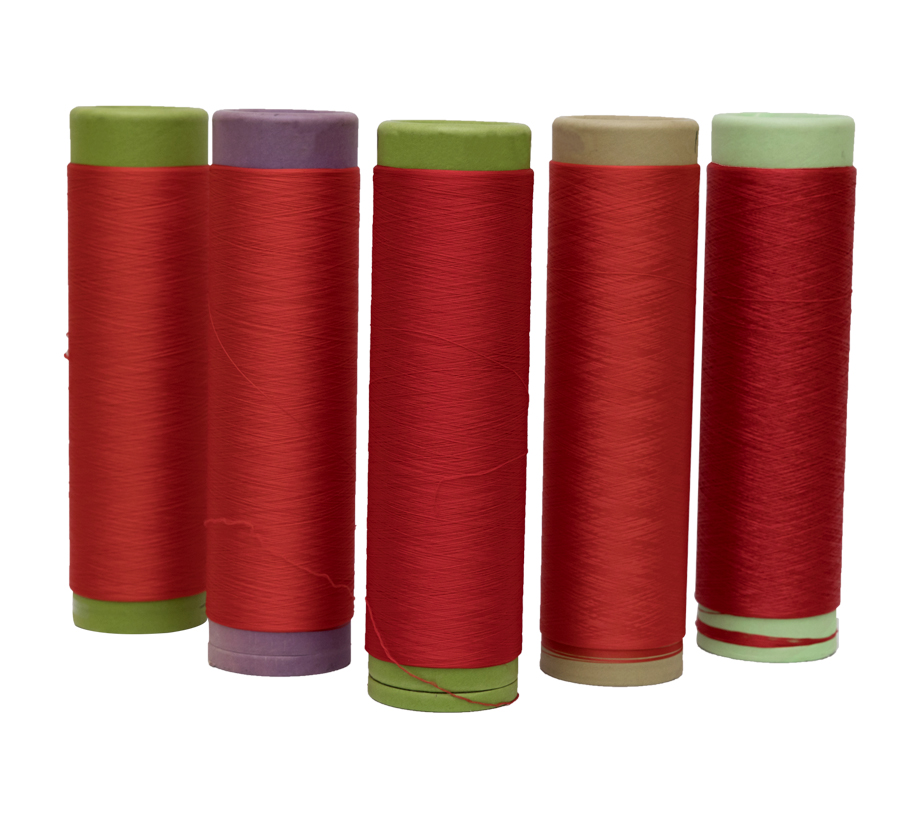Sustainable 300D/96F Polyester Color Yarns BLACK NIM Product specifications:300D...
See DetailsCommonly used methods for measuring unevenness of yarn in spinning production mainly include three-section weighing method, black evenness visual inspection method and instrument detection method. The segment weighing method can be used for various semi-products and spun yarns; the visual inspection method of the black bar dryness is mainly used for the spun yarn; the instrument inspection method can be divided into two types: capacitive inspection and mechanical inspection. Capacitive detection is suitable for sliver, roving and spun yarn, and mechanical detection is only suitable for sliver and roving.
1) Segment weighing method
The segment weighing method is to cut the yarn into sections according to the specified length, and weigh them separately, and then calculate the unevenness. The length and quantity of the fragments taken depend on the actual production situation and test accuracy requirements. The disadvantage of this method is that it takes a lot of time, and the coarser semi-finished products are only suitable for measuring the weight unevenness of longer segments.

2) Visual inspection of blackboard sticks
Blackboard evenness visual inspection is a commonly used method in production to check and evaluate the evenness of spun yarn. The spun yarn is evenly wound on a rectangular (or trapezoidal) blackboard at equal intervals to visually analyze the composition of the spun yarn unevenness, and compare the standard samples to rank the spun yarn evenness. The grading standards and sampling evaluation methods vary from country to country. The blackboard visual method has certain requirements for blackboard specifications, illumination during inspection, and observation distance.
3) Instrument detection method
The capacitive uniformity tester is suitable for testing the unevenness of sliver, roving and spun yarn spun from various short fibers. For filaments, a false twist device must be installed to eliminate the "cross-sectional effect" of the yarn (that is, the detection error caused by the variation of the cross-sectional shape of the yarn between the detection capacitor grooves). The test method is to make the yarn pass through the middle of the capacitor plate, the thickness of the yarn segment causes the capacitance to change, and the unevenness of the yarn is calculated through the electronic circuit. When using the capacitive uniformity tester, avoid using samples with high humidity or uneven humidity to avoid excessive test errors. The mechanical uniformity tester is suitable for testing the unevenness of sliver and roving. Feed the sliver or roving into a groove of a certain specification, add a certain pressure on it, and measure the thickness change of the sliver.